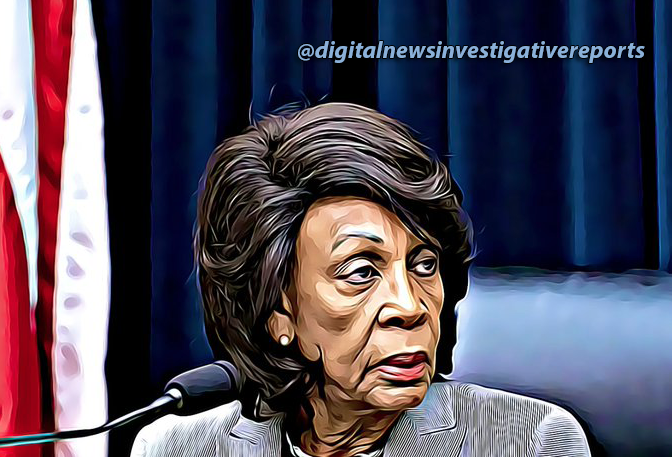 In the rapidly evolving world of digital assets, regulatory frameworks play a pivotal role in striking the delicate balance between fostering innovation and safeguarding investor protection. However, the United States finds itself grappling with the challenges posed by a complex political landscape and competing priorities, leaving some concerned about falling behind their global counterparts.
In the rapidly evolving world of digital assets, regulatory frameworks play a pivotal role in striking the delicate balance between fostering innovation and safeguarding investor protection. However, the United States finds itself grappling with the challenges posed by a complex political landscape and competing priorities, leaving some concerned about falling behind their global counterparts.
The diverse regulatory landscape in America involves multiple agencies with overlapping jurisdictions, each navigating the intricacies of digital assets from their own vantage point. As digital assets transcend traditional boundaries, the need for a unified and comprehensive regulatory approach becomes increasingly apparent.
In recent years, regulatory agencies such as the Securities and Exchange Commission (SEC) and the Commodity Futures Trading Commission (CFTC) have taken enforcement actions against companies involved in fraudulent activities or non-compliance. While these actions aim to protect investors and maintain market integrity, they have also sparked debates about potential stifling of technological innovation.
Critics argue that the lack of a clear and streamlined regulatory framework hampers innovation and creates uncertainties for businesses operating in the digital asset space. The absence of comprehensive guidelines leaves entrepreneurs and investors in a perpetual state of limbo, uncertain about compliance requirements and legal ramifications.
The fragmented nature of the regulatory landscape exacerbates the challenges. Different agencies interpret digital assets through the lens of securities laws, commodities regulations, and anti-money laundering measures, further complicating the regulatory environment. The resultant delays, inconsistencies, and regulatory overlaps can impede the growth and development of the digital asset ecosystem.
Despite these hurdles, there are concerted efforts to address the regulatory complexities. Policymakers, industry representatives, and regulatory agencies are engaged in ongoing discussions, aiming to strike the right balance between innovation and protection. Proposals have emerged in Congress to establish clearer regulatory frameworks tailored to the unique features of digital assets.
To navigate this intricate terrain successfully, education, collaboration, and incremental approaches are crucial. Policymakers must be well-informed about digital assets and their potential benefits and risks. Bipartisan collaboration, stakeholder engagement, and international cooperation can foster consensus, providing the groundwork for effective regulation.
While the journey towards comprehensive digital asset regulation in America may be challenging, it is a vital step toward creating an environment that fosters innovation, protects investors, and ensures market integrity. The path forward requires a delicate balance, but it is a journey that policymakers, regulators, and industry participants must embark upon to unlock the vast potential of the digital asset revolution.



